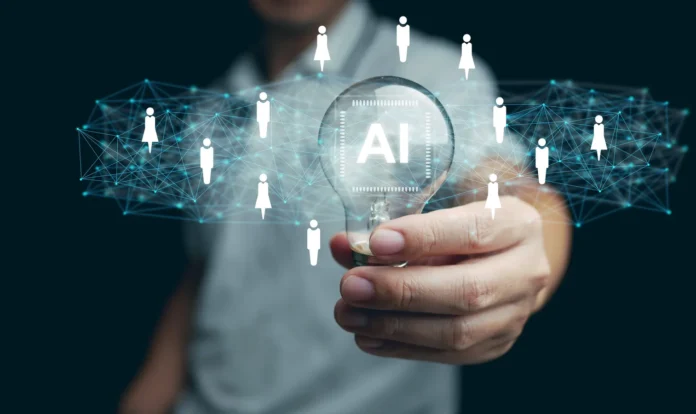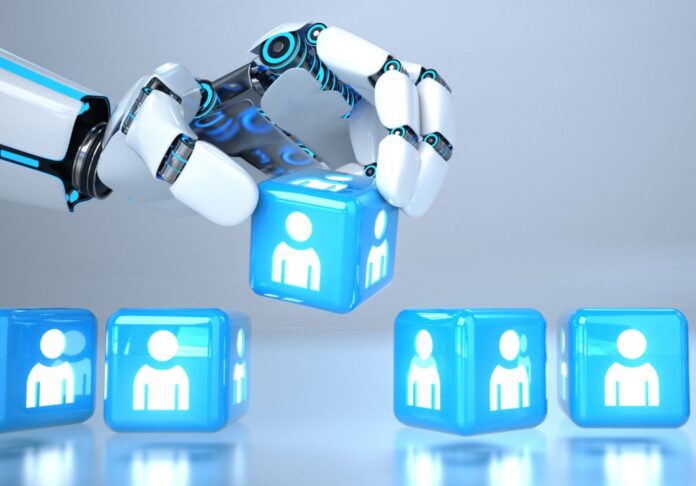AI in recruitment is no longer a future buzzword; it’s happening. In 2025, surveys show 99% of hiring managers already use AI in some capacity in their hiring pipeline, and 98% report noticeable boosts in efficiency. Meanwhile, the global AI recruitment market is growing rapidly: from USD 661.56 million in 2023, it’s expected to surpass USD 1.1 billion by 2030.
That means there’s a wide gap opening: those who merely dabble in AI and those who master its pitfalls and power. In what follows, I’ll walk you through the core levers, caveats, and real-world tactics you can adopt (or avoid) right away.
What AI Actually Does in Recruitment (Beyond the Hype)

Let’s start by stripping back the smoke. AI isn’t a magic wand that instantly hires the “perfect” candidate. It’s a toolset, one you must wield wisely. Here’s where it’s being applied, right now:
- Automated screening and parsing
AI-powered applicant screening filters resumes based on keywords, experience patterns, and linguistic indicators. Many modern applicant tracking systems (ATS) now embed AI modules that rank and score candidates. - Candidate sourcing and matching
Instead of passive posting, AI tools can actively crawl databases, talent platforms, and social networks to spot “near-miss” candidates who may interest you. - Conversational bots / chat assistants
On your careers page or in application flows, bots can answer FAQs, nudge incomplete forms, or even pre-qualify via structured QandA. - Predictive analytics and fit scoring
Some systems evaluate the probability a candidate will succeed (based on past hires, skill signals, and patterns). - Video / voice interview evaluation
Some AI tools analyze speech, tone, or micro-expressions (though this remains controversial). - Administrative automation
Scheduling, interview reminders, document handling – mundane labor, handled by “bots behind the scenes.”
Those functionalities aren’t theoretical, they’re in active use. For instance, Tech Ned Recruitment, a specialized recruiting arm in the space, is already integrating AI-driven candidate funnels to accelerate placement cycles.
The Upside ─ What AI Brings You (if Used Right)

AI in recruitment, when applied with care, delivers more than a productivity boost. It can save recruiters significant time by removing up to half of the manual screening workload, which in turn speeds up shortlisting and scheduling.
Many organizations also report a financial edge, with per-hire costs dropping by as much as thirty percent, making recruitment leaner without cutting corners.
Beyond efficiency, AI broadens the scope of hiring. It enables teams to reach more candidates across different regions and backgrounds, all while maintaining a manageable workload.
This expanded reach, coupled with faster responses and error-free communication through bots, often results in a smoother experience for applicants and a reduction in drop-off rates.
Perhaps most importantly, AI has the potential to improve the quality of hire. Predictive scoring systems, if well-calibrated, can identify strong candidates who might otherwise be overlooked.
And when fairness is baked into design, these tools can even help mitigate bias, nudging hiring practices toward greater diversity. Still, the benefits don’t come automatically; without thoughtful oversight, the very strengths of AI can just as easily become weaknesses.
Risks, Blind Spots, and How Great Tools Go Wrong

You’ve likely seen stories of AI systems reinforcing bias, or flagging candidates unfairly. This is not hypothetical. Here’s where the danger lies, and what to watch out for.
Bias and hidden discrimination
AI learns from data. If your past hiring data is skewed (e.g. more men in senior roles, or certain schools overrepresented), the model may replicate those biases. One recent audit found many generative AI LLMs favor men over women in hypothetical callbacks.
In another study, AI systems in interviews mis-transcribed accent-heavy speech, disadvantaging non-native speakers by a 12–22% error rate.
Overreliance on proxy signals
Resume keywords, alma mater prestige, or social media signals are only proxies, and imperfect ones. AI may overvalue these proxies and miss candidates whose outcomes are stronger than their signal.
Transparency and explainability
When a candidate challenges “why I was rejected,” you want to show them a fair, auditable logic, not a black box. If your AI system can’t explain its decision, you’re exposed legally and morally.
Dehumanization risk
If a process becomes entirely automated, candidates feel invisible. The narrative of “AI screened me” can feel cold. You’ll lose brand equity, candidate trust, or worse – reduce acceptance rates for offers.
Technical debt and maintenance
AI models drift. Skills change, labor markets evolve – without regular monitoring, you’ll find decisions going stale or skewed.
Regulatory and legal risk
Some jurisdictions (like Illinois) already have regulations governing AI-based video interview tools. And with anti-discrimination laws, you can’t be passive, legal liability is real.
How to Approach AI in Recruitment Wisely

Here’s where I shift from theory to “actionable playbook.” Think of this as your always-on checklist when you consider or revise your AI approach.
|
Phase |
Key Focus |
Recommended Practices |
| Discovery and pilot | Validate assumptions safely | Start small (one region, one role type). Use “shadow mode” first (AI scores candidates but you don’t use it to reject). |
| Data hygiene and audit | Clean your history | Strip out protected attributes (race, gender) if present. Check representation. Run fairness audits. |
| Explainability and rules | Build guardrails | Require that any automated “reject” path is auditable and explainable. |
| Human + AI collaboration | Don’t outsource judgment | Use AI as filter, not decider. Let human recruiters validate and override. |
| Continuous monitoring | Watch for drift and feedback loops | Track divergences, false positives, drop-offs. Retrain regularly. |
| Candidate experience design | Maintain human touch | Use AI to enhance communication (e.g. emails, updates), but keep live touchpoints for critical moments. |
| Governance and ethics | Define oversight | Create cross-functional review teams (HR, legal, data). Document decisions. |
In Closing
AI in recruitment is no longer a novelty – it has become a defining factor in how businesses compete for talent. When handled carefully, it can save time, cut costs, widen reach, and even improve the overall quality of hires. Yet the real measure of success lies in how well organizations balance the efficiency of automation with the judgment, empathy, and fairness only humans can provide.
The companies that thrive will be those that treat AI as an enabler, not a replacement. By staying transparent in how decisions are made, actively monitoring for bias, and keeping the candidate experience at the center, businesses can build recruitment strategies that are both modern and trustworthy.
In a market where talent is often the greatest competitive edge, using AI responsibly could be the difference between merely filling roles and actually building the teams that drive long-term growth.






